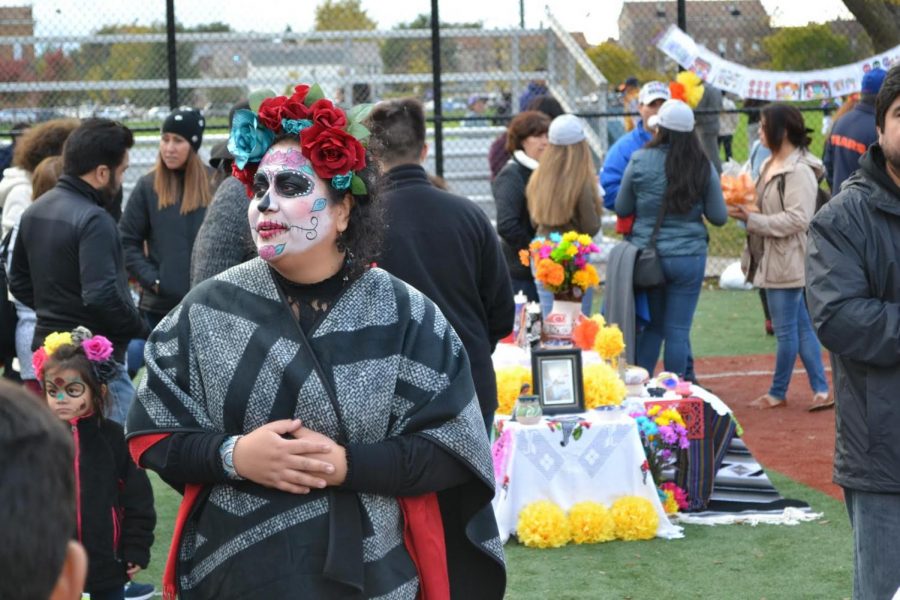TV documentary showcases Pilsen voices
May 1, 2017
Impressed by local activism, Daniel Andries said he wanted to capture the stories of one of Chicago’s cultured neighborhoods.
WTTW’s newest documentary “My Neighborhood: Pilsen” premiered April 27 and follows the lives and relationships of six residents and 11 organizations. Included are the Alivio Medical Center, which focuses on primary and elderly care, and The Resurrection Project, which provides affordable housing for residents. These organizations have helped strengthen the community, according to Andries.
The documentary highlights the Hispanic culture and community activism Pilsen has built while touching on subjects such as education, healthcare, housing and immigration. Andries, both the writer and producer, said the film crew followed the residents from September to November 2016. The documentary caught the reactions following the presidential election, which was very disturbing and disappointing for the community, he said.
The documentary was conceived a year ago when WTTW made a commitment to deepening its community engagement and wanted to connect to different neighborhoods, Andries said. The process was as important as the finished product, he added.
“It would be something that could lead to a large community engagement effort where people across the city could have a dialogue about the issues raised in the piece,” Andries said.
Jeff Zimmermann, an artist from Humboldt Park who has created murals in Pilsen and was one of the artists featured on “My Neighborhood: Pilsen’s” website. One mural depicts the experience of undocumented immigrants near the St. Pius V Catholic Church, 1919 S. Ashland Ave. According to Zimmermann, the mural bears the community’s imprint.
“The first mural I did [in Pilsen] was inspired by a meeting that was held at the Casa Juan Diego,” Zimmermann said. “Twenty community members threw out ideas, and it became a mural to show [an] illegal immigrant experience. It shows people crossing a river, the Rio Grande, and it shows people being left behind. It was a regurgitation of what people in the community wanted to see.”
Andries said the subjects were ordinary people brought together by churches and organizations.
After working with Alivio Medical Center for 10 years, Lauren Angeles, one of the six subjects, said she has noticed how connected the neighborhood is.
“The [immigrant] community that we work with needs a lot of different resources,” Angeles said. “We never say we can’t help you; that is really how we all work together. We constantly refer [to] other organizations.”
Andries said the goal of the documentary was to inspire viewers across the city to think of ways they can help their community.
“We chose Pilsen because it offers a pretty good example of how a community did this and how every neighborhood is going to have different challenges [and] problems with making things happen,” he said. “The essential human ingredients here are transferable across the city.”








